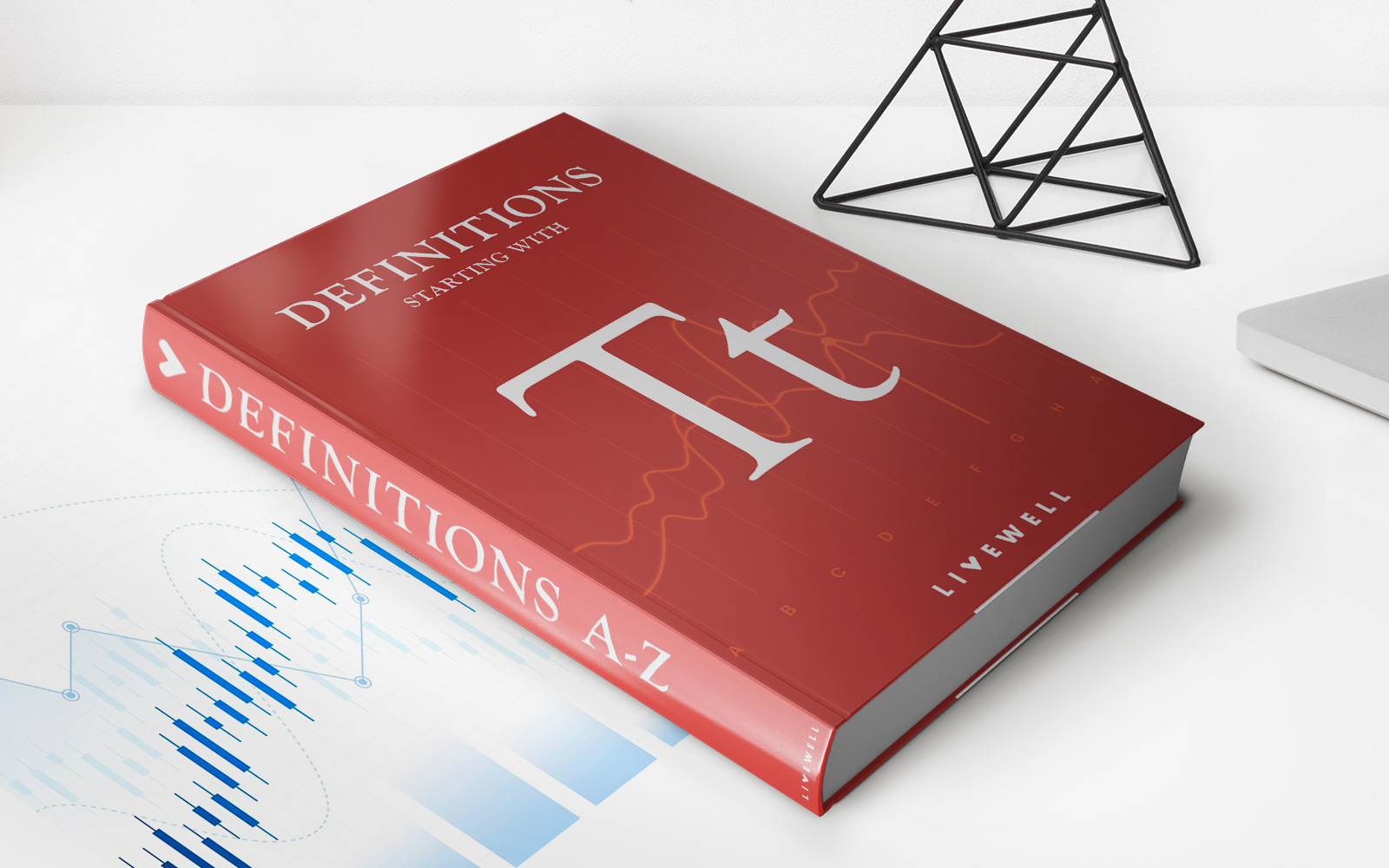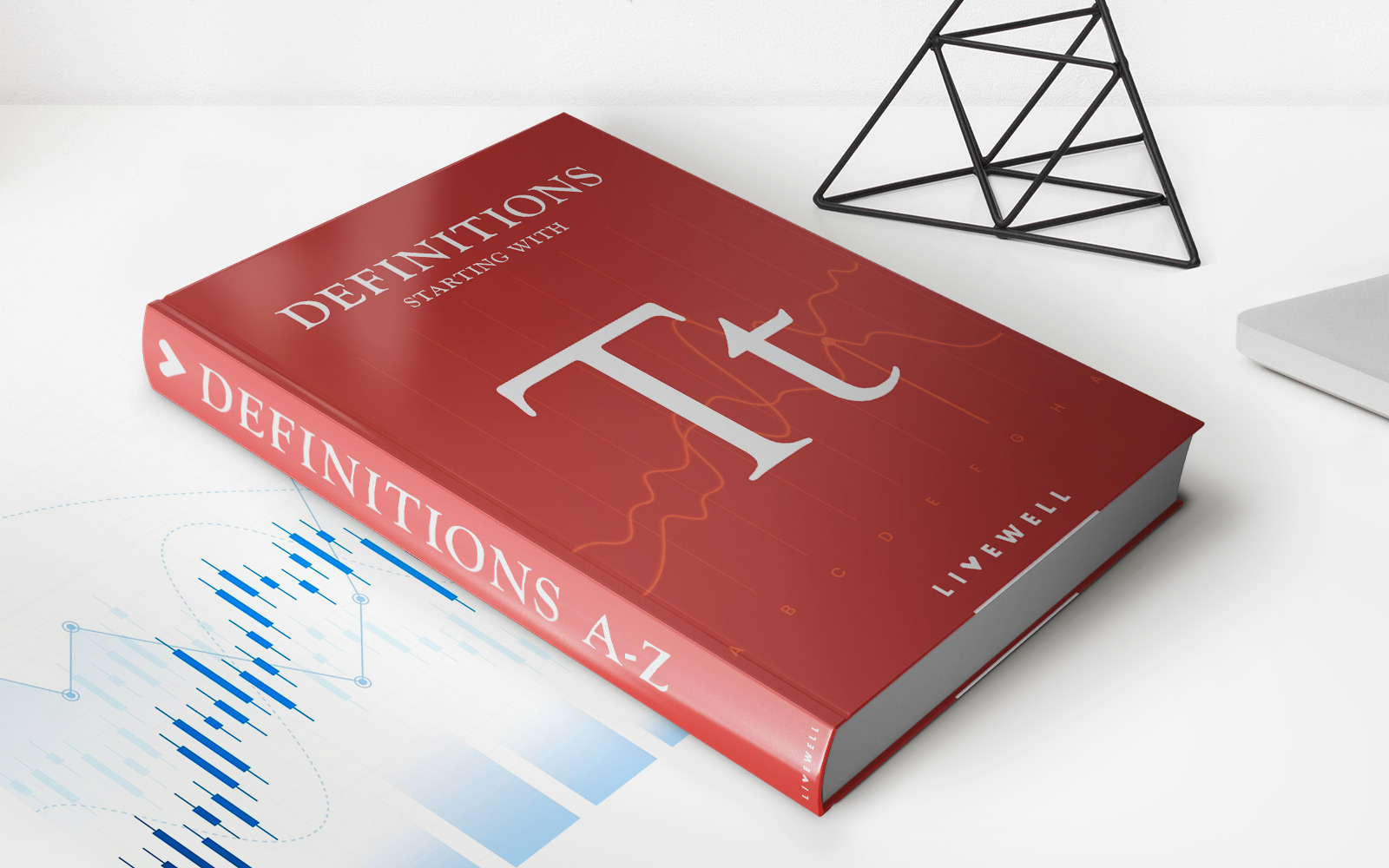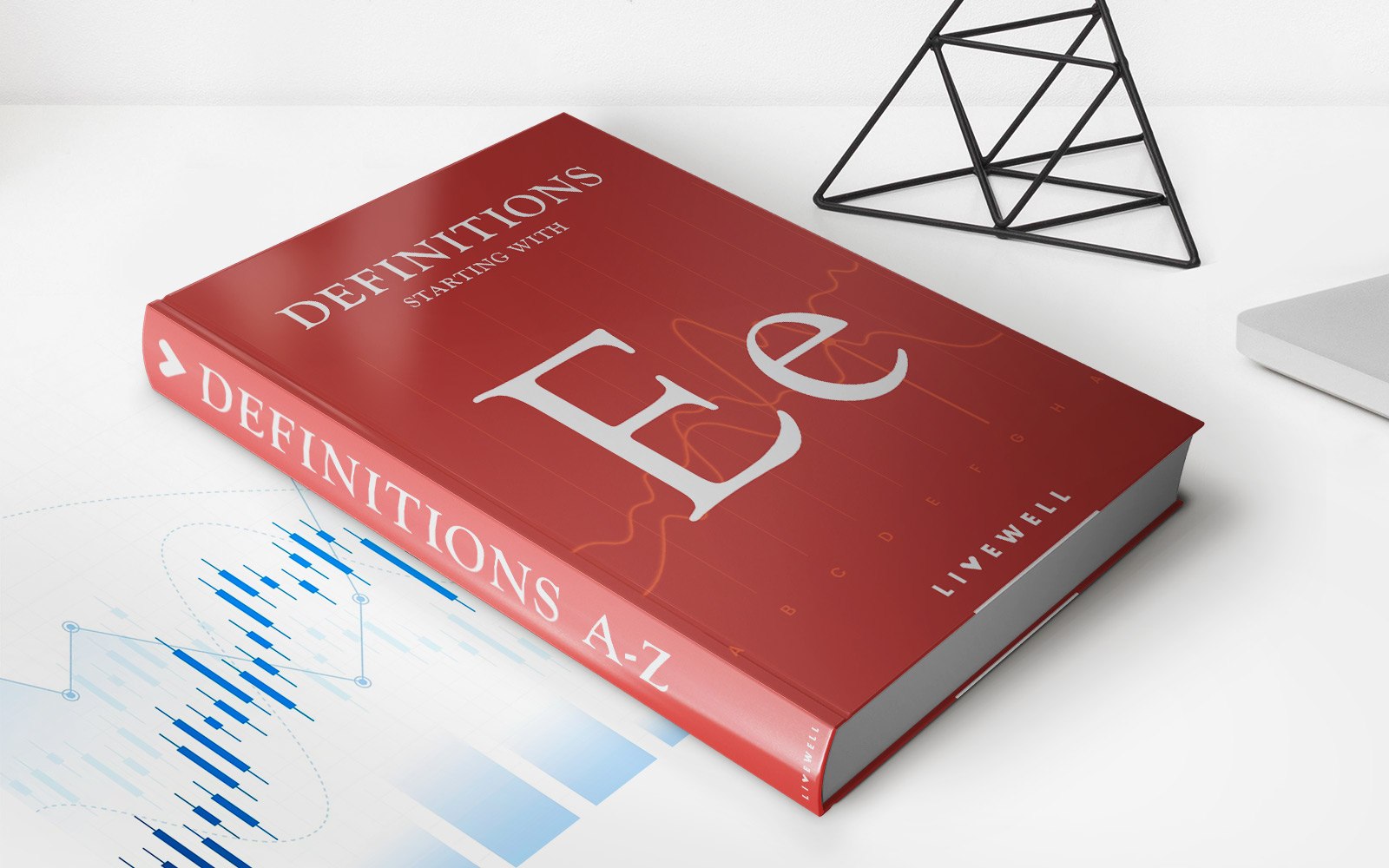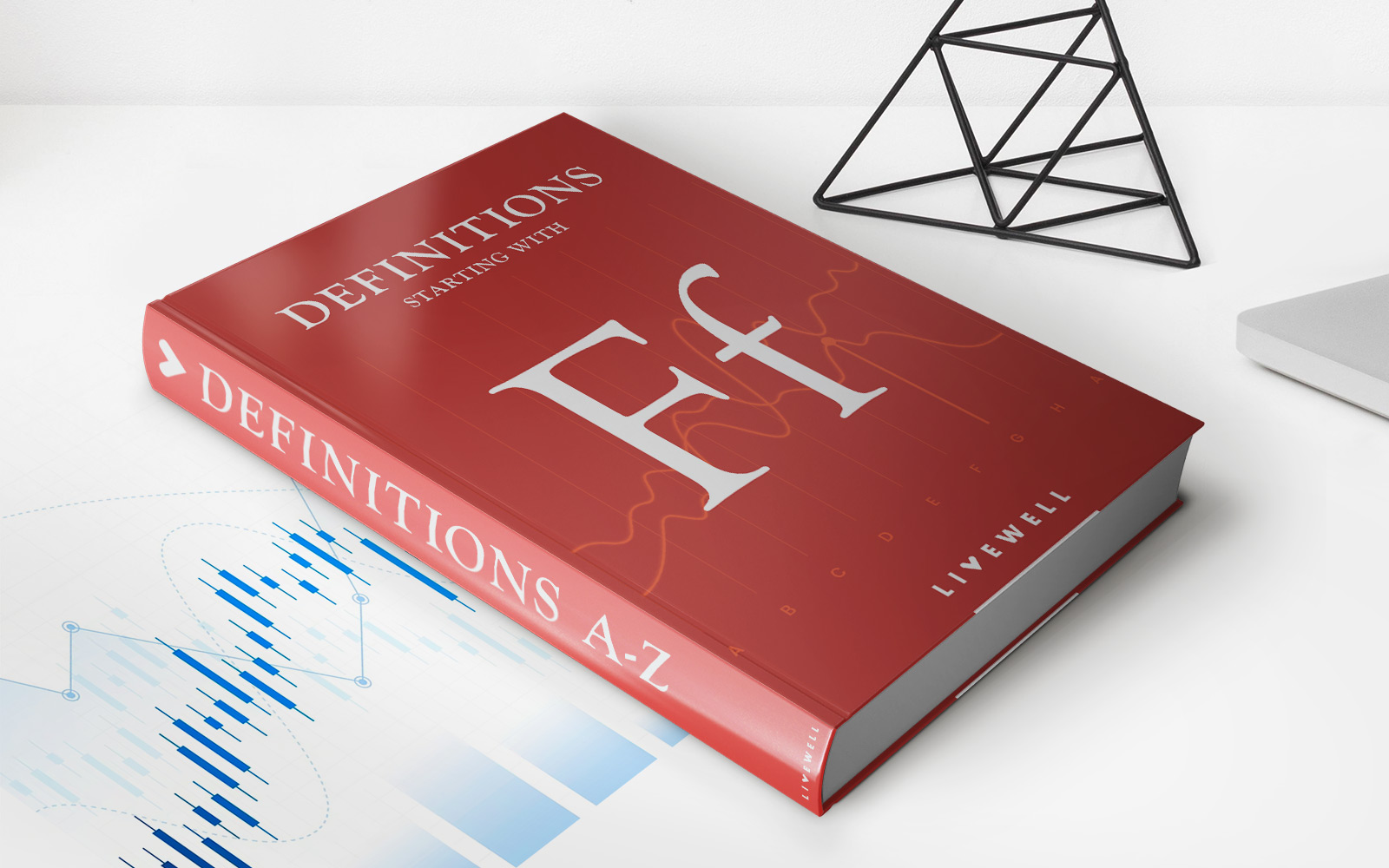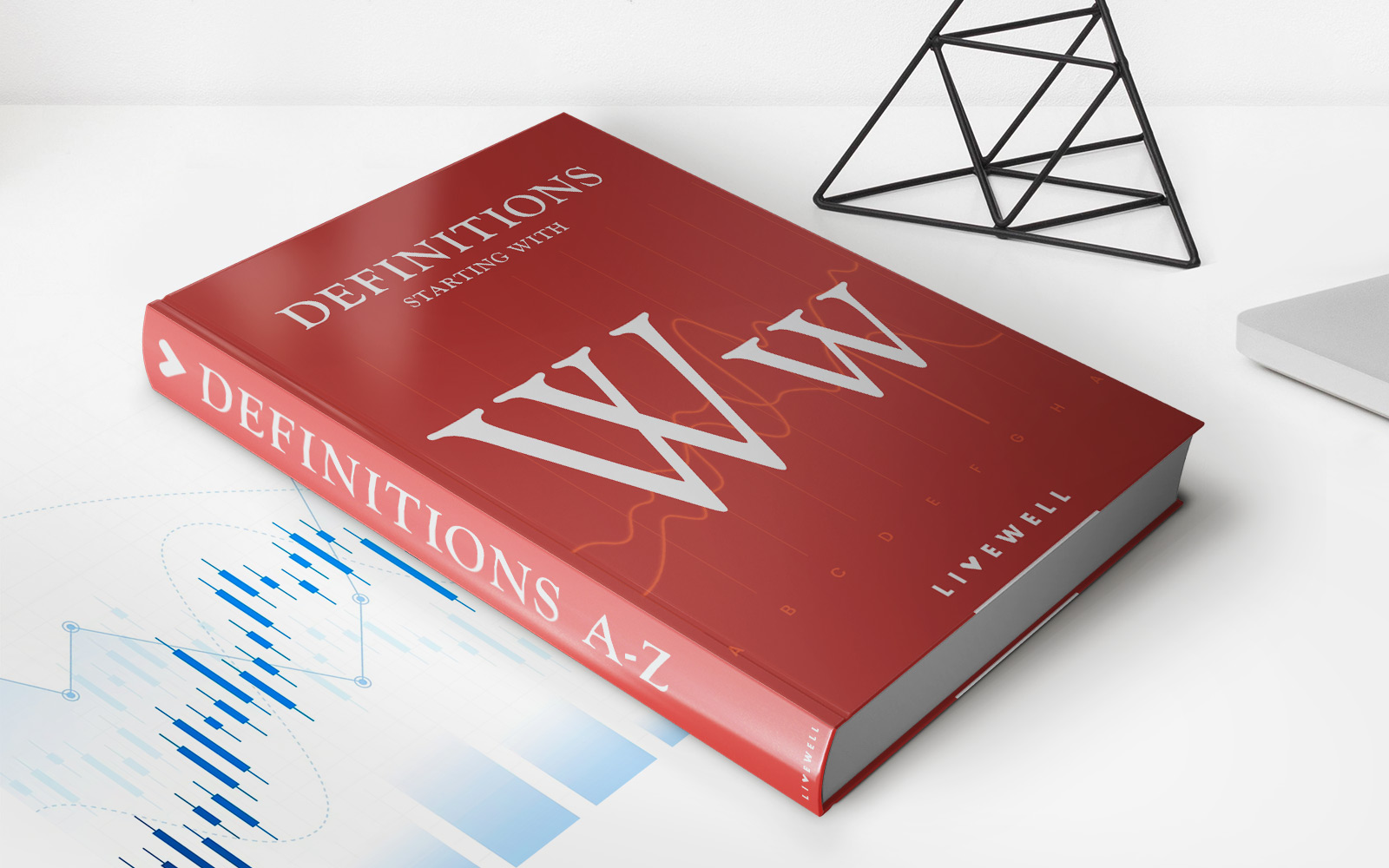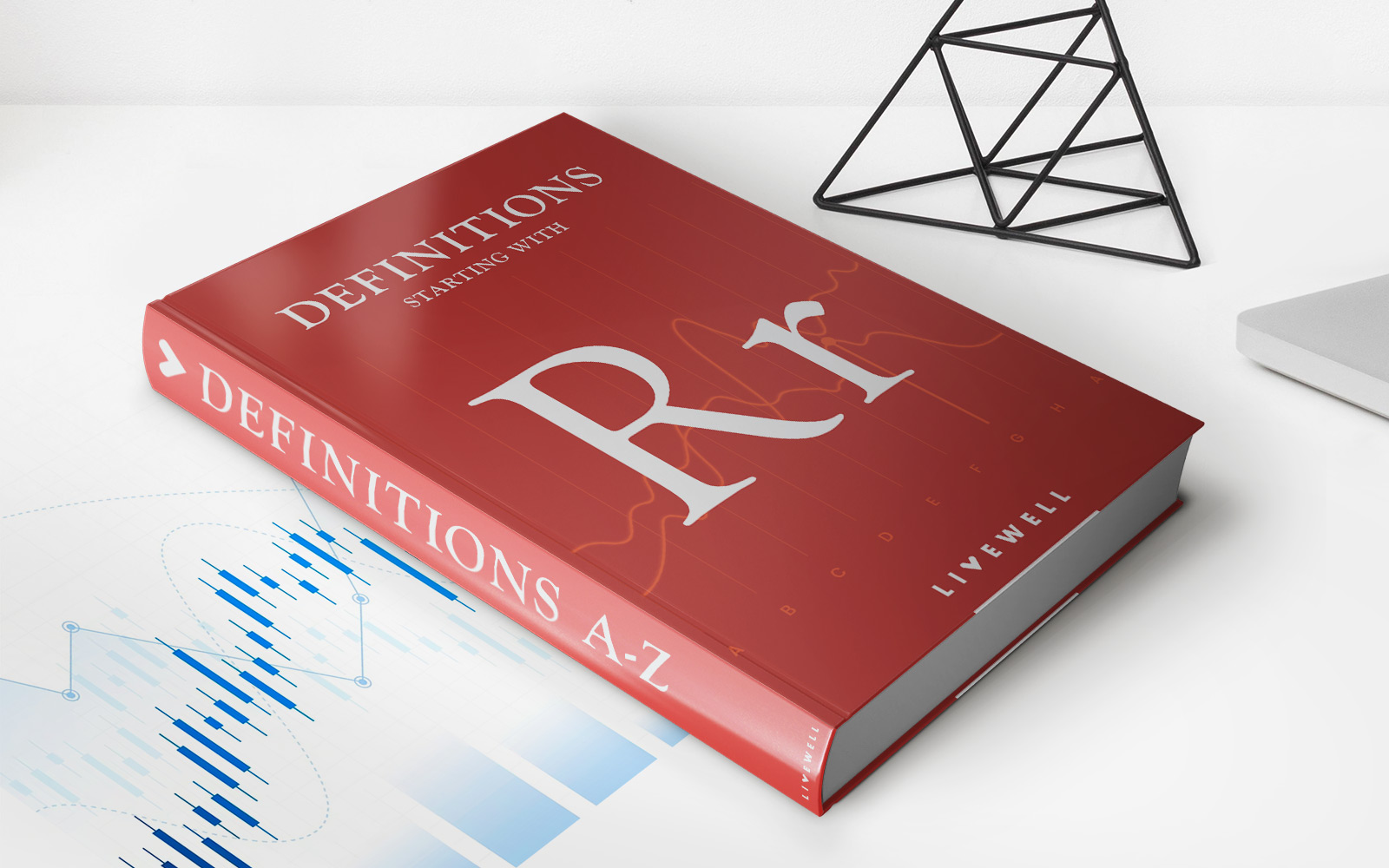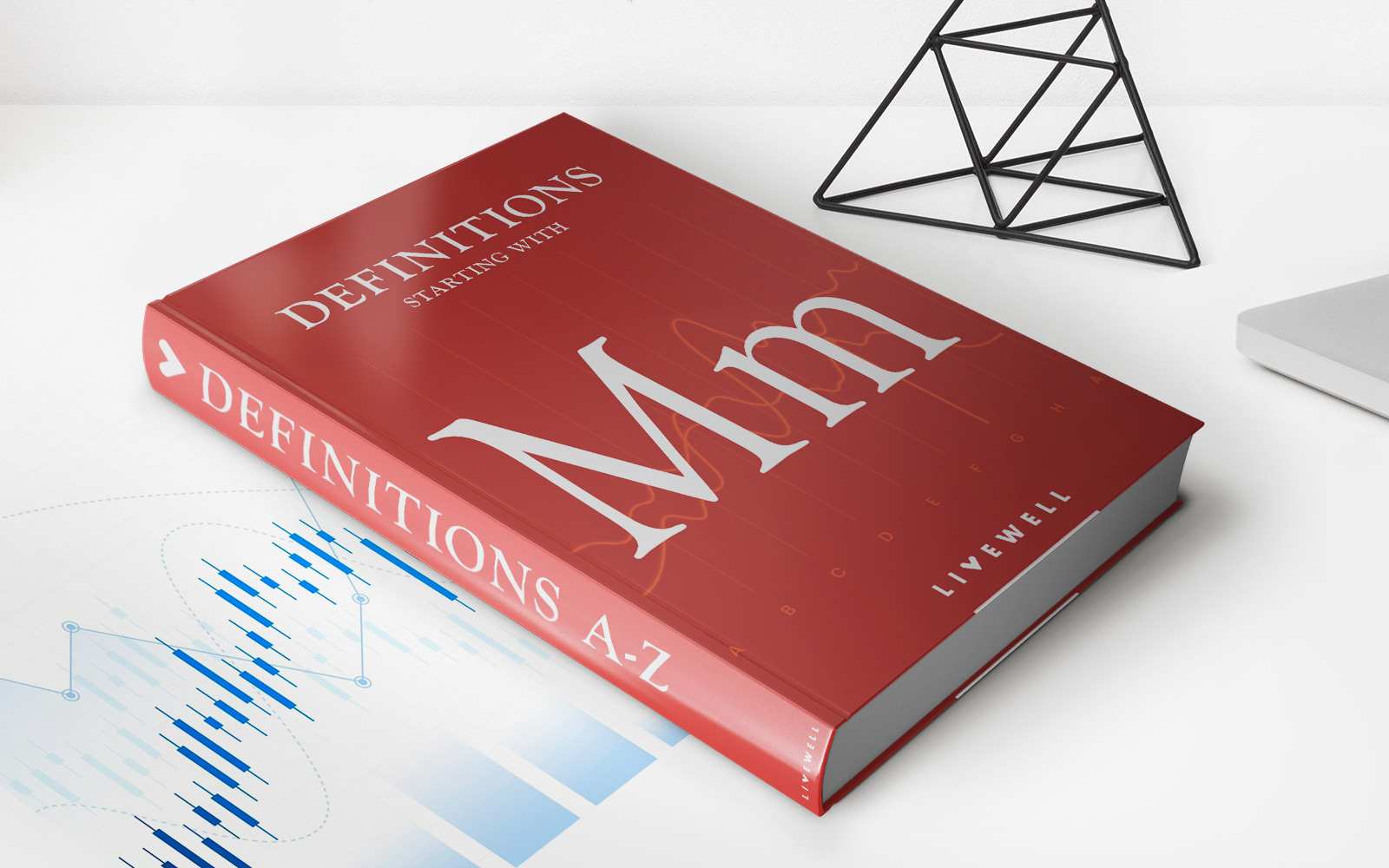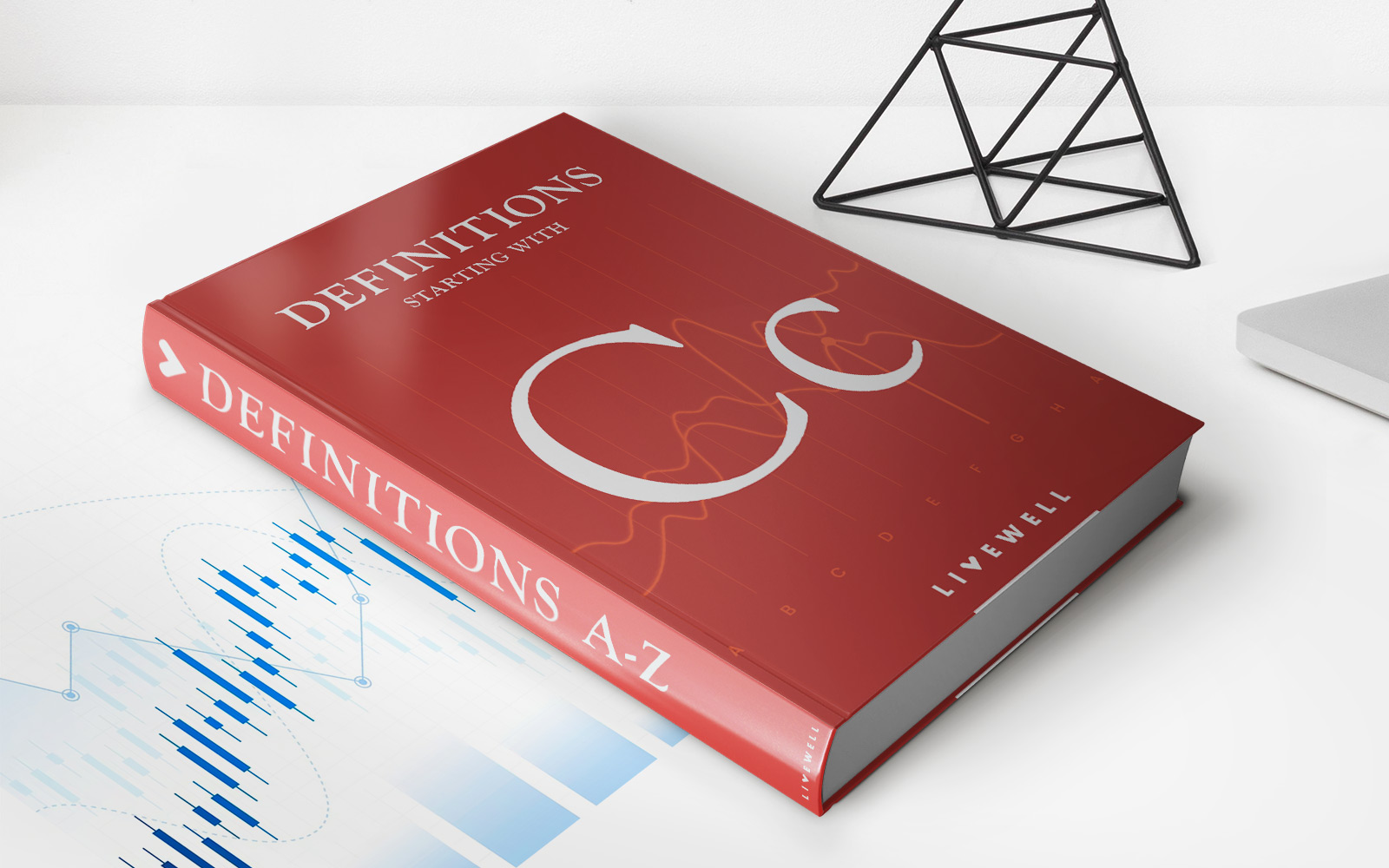Home>Finance>Range: Definition In Trading, Examples, And What It Indicates
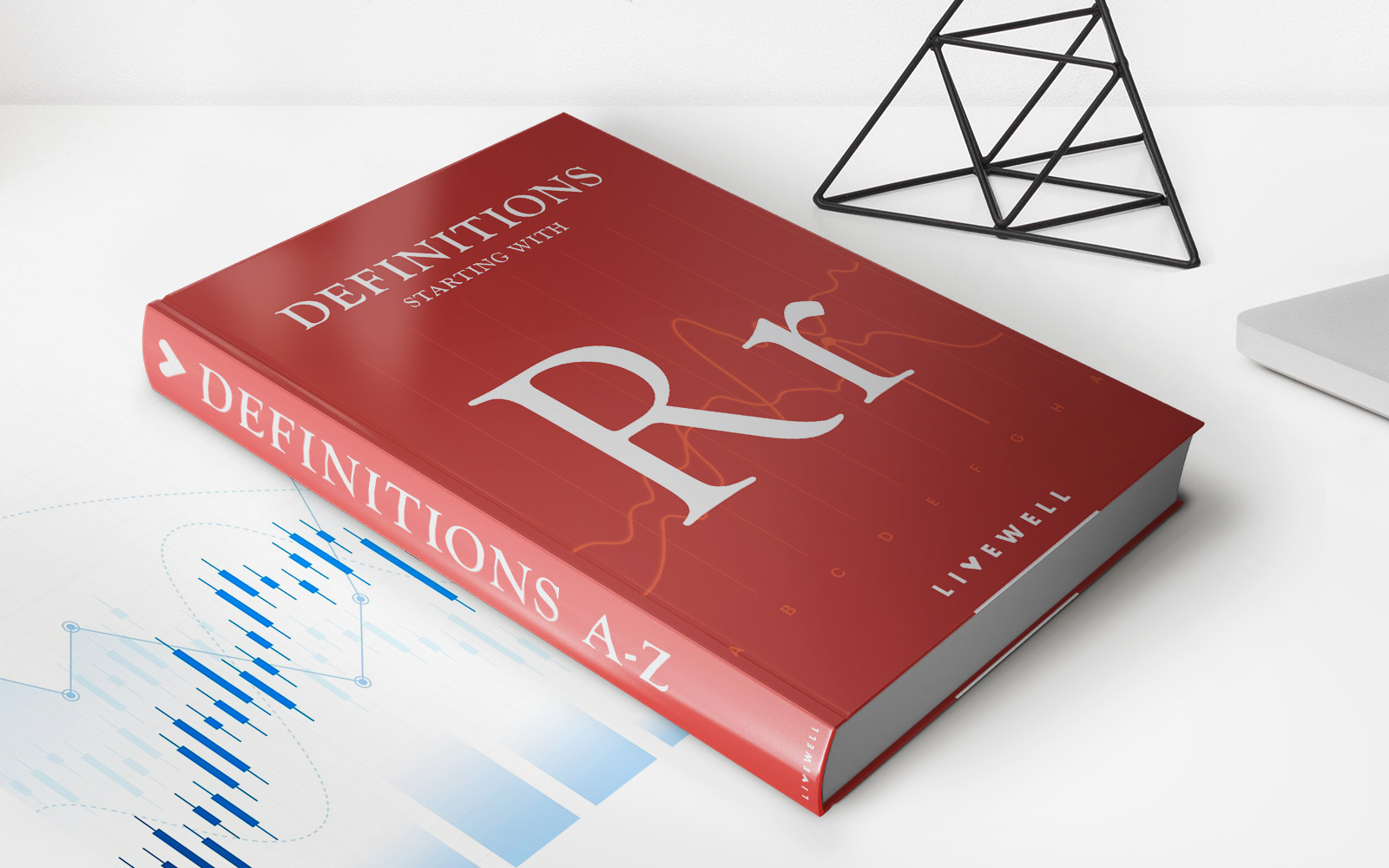

Finance
Range: Definition In Trading, Examples, And What It Indicates
Published: January 15, 2024
Learn the meaning of range in trading, explore examples, and understand its significance in finance. Enhance your understanding of this valuable concept
(Many of the links in this article redirect to a specific reviewed product. Your purchase of these products through affiliate links helps to generate commission for LiveWell, at no extra cost. Learn more)
Range: Definition in Trading, Examples, and What It Indicates
Are you new to the world of trading? If so, you may have come across the term “range” while researching different trading strategies. In this blog post, we will define what range means in trading, provide examples of how it is used, and explain what it indicates in the context of the market. Whether you are a beginner or an experienced trader, understanding range can be crucial in making informed trading decisions.
Key Takeaways:
- Range refers to the price difference between the highest and lowest levels reached by a security or financial instrument within a given period.
- Range can help traders identify support and resistance levels, volatility, and potential entry and exit points.
So, what exactly is range in trading?
Range, also known as trading range, represents the price span between the highest and lowest points reached by a security or financial instrument within a specific timeframe. It provides traders with valuable insights into the price action and volatility of an asset.
When plotting range on a price chart, traders can identify levels of support and resistance. Support represents a price level where the demand for an asset is strong enough to prevent it from falling further, while resistance signifies a level where selling pressure prevents the price from rising further. These levels can be crucial for traders as they can indicate when to enter or exit trades.
Let’s consider an example to illustrate how range works. Imagine you are analyzing the price chart of a popular stock over a one-month period. During this time, the stock reaches a high of $50 and a low of $40. The range, in this case, would be $10 ($50 – $40). By plotting this range on a chart, you can identify potential support and resistance levels that may influence future price movements.
So, what does range indicate in trading?
The range of a financial instrument can provide valuable information about market sentiment and volatility. Here are a few indications that traders can gather from range:
- Trend Identification: By observing the range, traders can determine whether the market is in an uptrend, a downtrend, or a sideways trend. A narrow range typically indicates consolidation and a lack of significant market movement, while a wider range can indicate increased volatility.
- Market Strength: A consistently narrow range could suggest a lack of conviction among market participants and potentially indicate a weakening trend. Conversely, a wide range with strong support and resistance levels may indicate a healthy and robust market.
- Trading Opportunities: Range can help traders identify potential entry and exit points. Breakouts from a range can signal the start of a new trend, presenting trading opportunities for those who can identify these breakouts early on.
By understanding range and how it is used in trading, you can make more informed decisions when analyzing the price action of various financial instruments. Remember that range is just one tool in a trader’s toolbox, and it should be used in conjunction with other technical and fundamental analysis techniques to build a comprehensive trading strategy.
So, the next time you come across the term “range” while researching trading strategies or analyzing price charts, you’ll have a better understanding of its definition, examples of its application, and what it indicates within the market context.
